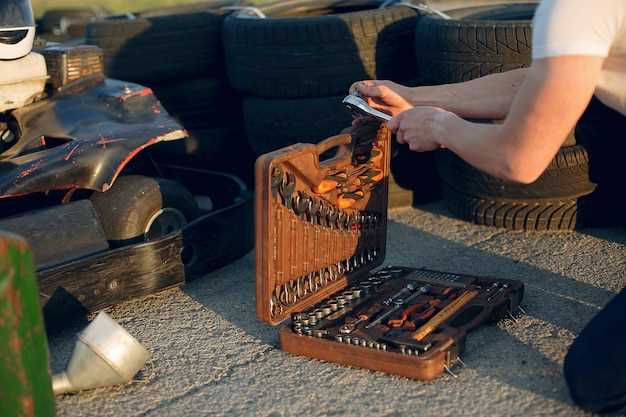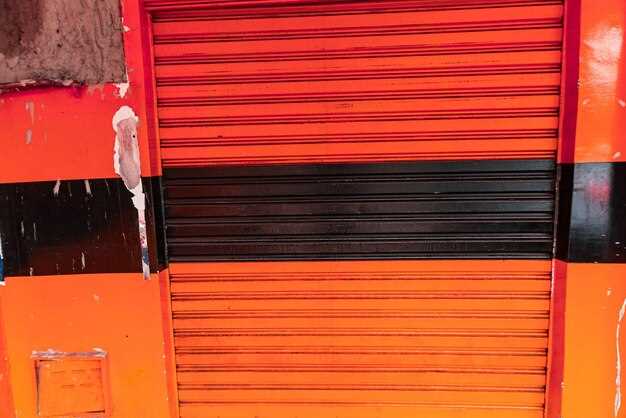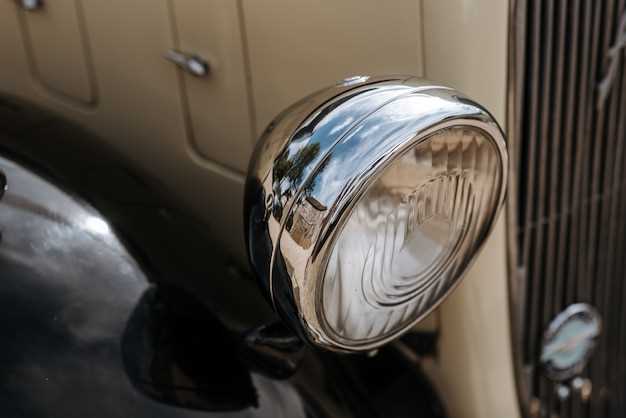
Owning a collection of vintage vehicles represents not just a passion for automotive history, but a commitment to preserving these iconic pieces of engineering. Proper storage is critical to maintain the condition and value of these classic cars. As collectors and enthusiasts understand, the environment in which these vehicles are housed plays a pivotal role in their longevity.
When considering garage solutions for vintage vehicles, several factors come into play. The right storage facility must provide adequate protection from environmental elements such as humidity, temperature fluctuations, and direct sunlight. Each of these factors can significantly affect the integrity of the car’s materials, including paint, rubber, and upholstery.
Ultimately, the decision on how to store classic vehicles should be informed by the unique needs of the collection, along with the specific characteristics of the garage space available. Understanding the nuances of effective storage solutions will enable collectors to safeguard their treasures for future generations and maintain their investment’s value.
Choosing the Right Environment for Classic Cars
When it comes to storing classic cars, the environment plays a crucial role in preserving their condition and value. A properly designed garage or storage facility can protect vintage vehicles from various harmful elements, including moisture, temperature fluctuations, and pests.
First and foremost, the garage should be climate-controlled. Extreme temperatures can cause damage to both the exterior paint and internal components of classic cars. Maintaining a stable temperature range between 55°F and 75°F is ideal. Additionally, humidity levels should be kept low to prevent rust and corrosion, which can severely affect a vehicle’s metal parts.
Ventilation is another critical factor. Proper air circulation in the garage helps to dissipate any accumulated moisture and prevents the buildup of mildew and odors. Installing exhaust fans or opening vents can enhance airflow, contributing to a healthier storage environment.
Consideration of the flooring is also essential. Concrete floors can absorb moisture, so using a vapor barrier beneath the garage floor can mitigate this risk. Furthermore, using plastic or rubber mats can provide extra protection for the car’s undercarriage by keeping it elevated and preventing direct contact with the cold surface.
Protection from pests is vital in maintaining a classic car’s integrity. Infestations from rodents or insects can lead to significant damage, particularly to wiring and upholstery. Sealing any cracks in the garage and using traps or repellents can help safeguard against these intruders.
Lastly, a tidy and organized garage contributes to an optimal storage environment. Keeping tools and equipment neatly stored prevents accidental scratches or dings to the car. Using car covers specifically designed for classic vehicles adds an extra layer of protection against dust and minor abrasions.
Choosing the right environment for classic cars is essential for their long-term preservation. By ensuring a controlled climate, effective ventilation, pest protection, and an organized space, collectors can protect their investments and enjoy their vehicles for years to come.
Essential Materials for Vintage Garage Construction

When constructing a vintage garage for classic vehicle storage, selecting the appropriate materials is crucial. The right components not only ensure the durability of the structure but also create an environment conducive to preserving your treasured automobiles.
Foundation Materials: A solid foundation is imperative for any garage. Consider using reinforced concrete for its strength and longevity. It provides a stable base that can withstand heavy vehicles, ensuring that the garage remains intact for years to come.
Walls and Insulation: For the walls, materials such as premium wood or steel are ideal for a vintage aesthetic. Timber adds warmth and character, while steel offers industrial charm. Invest in quality insulation to maintain a stable temperature, protecting your classic cars from extreme weather conditions and potential damage.
Roofing Options: Choose roofing materials that complement the vintage style of your garage. Metal roofs are a popular choice, providing durability and a classic look. They also reflect heat, helping regulate the internal temperature. Alternatively, traditional shingles can offer a more nostalgic appearance.
Flooring Solutions: The garage floor must be durable and easy to clean, as spills and leaks can occur. Epoxy flooring or polished concrete are excellent choices, as they are both resilient and visually appealing. These options provide a sleek surface that enhances the overall look of your vintage garage.
Ventilation Systems: Adequate ventilation is essential in a garage, especially for classic vehicles. Installing durable vents or windows ensures that moisture doesn’t accumulate, preventing rust and mildew. Consider using exhaust fans to maintain air quality, promoting a healthier environment for your collection.
Storage Options: Efficient storage solutions are vital in organizing tools, parts, and accessories. Custom shelving made from wood or metal can preserve the vintage aesthetic while maximizing space. Use wall-mounted storage to keep the floor clear and ensure easy access to your automotive essentials.
In summary, when constructing a vintage garage, prioritize high-quality materials that reflect both durability and style. By carefully selecting each component, you create a functional and visually stunning space for your classic vehicle collection.
Maintenance Tips for Long-Term Vehicle Preservation

Proper storage is essential for preserving vintage cars over time. Start by finding a climate-controlled facility that maintains a consistent temperature and humidity level. Fluctuations in temperature and moisture can lead to rust and mold, causing irreversible damage to your classic vehicle.
Before placing the car in storage, perform a thorough cleaning, including the exterior and undercarriage. This prevents dirt and grime from causing paint damage or corrosion while stored. Additionally, consider applying a high-quality wax or sealant to the paint to provide an extra layer of protection against the elements.
Ensure that all fluids are fresh and topped off, including oil, coolant, brake fluid, and fuel. Consider adding a fuel stabilizer to prevent degradation. Changing the oil and filter before storage helps eliminate contaminants that could harm the engine during long periods of inactivity.
Remove the battery or use a battery maintainer to keep it charged, as a dead battery can be a common issue for vintage cars after extended storage. If possible, elevate the vehicle on jack stands to prevent tire flat spots and maintain its shape.
Wrap the tires in breathable covers to protect them from UV rays and dust. Using a breathable car cover also provides protection from dust and potential scratches while allowing moisture to escape, preventing mold growth.
Finally, check on the car periodically during storage. This allows you to catch potential issues early, such as pest infestation or fluid leaks, ensuring that your vintage vehicle remains in prime condition for years to come.


